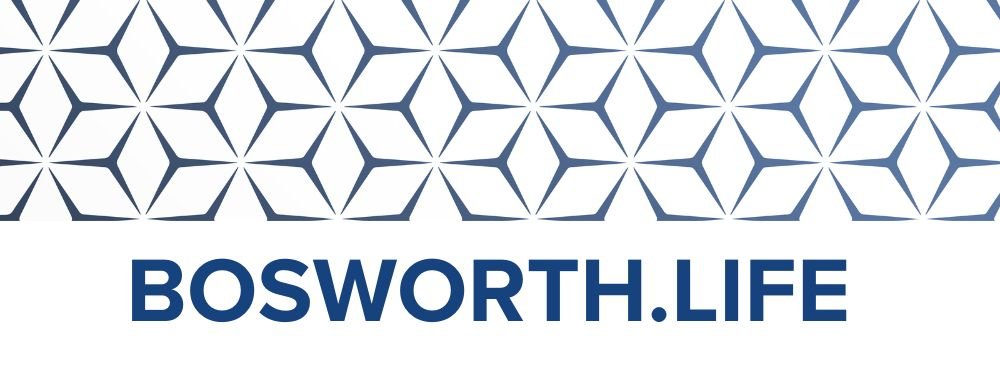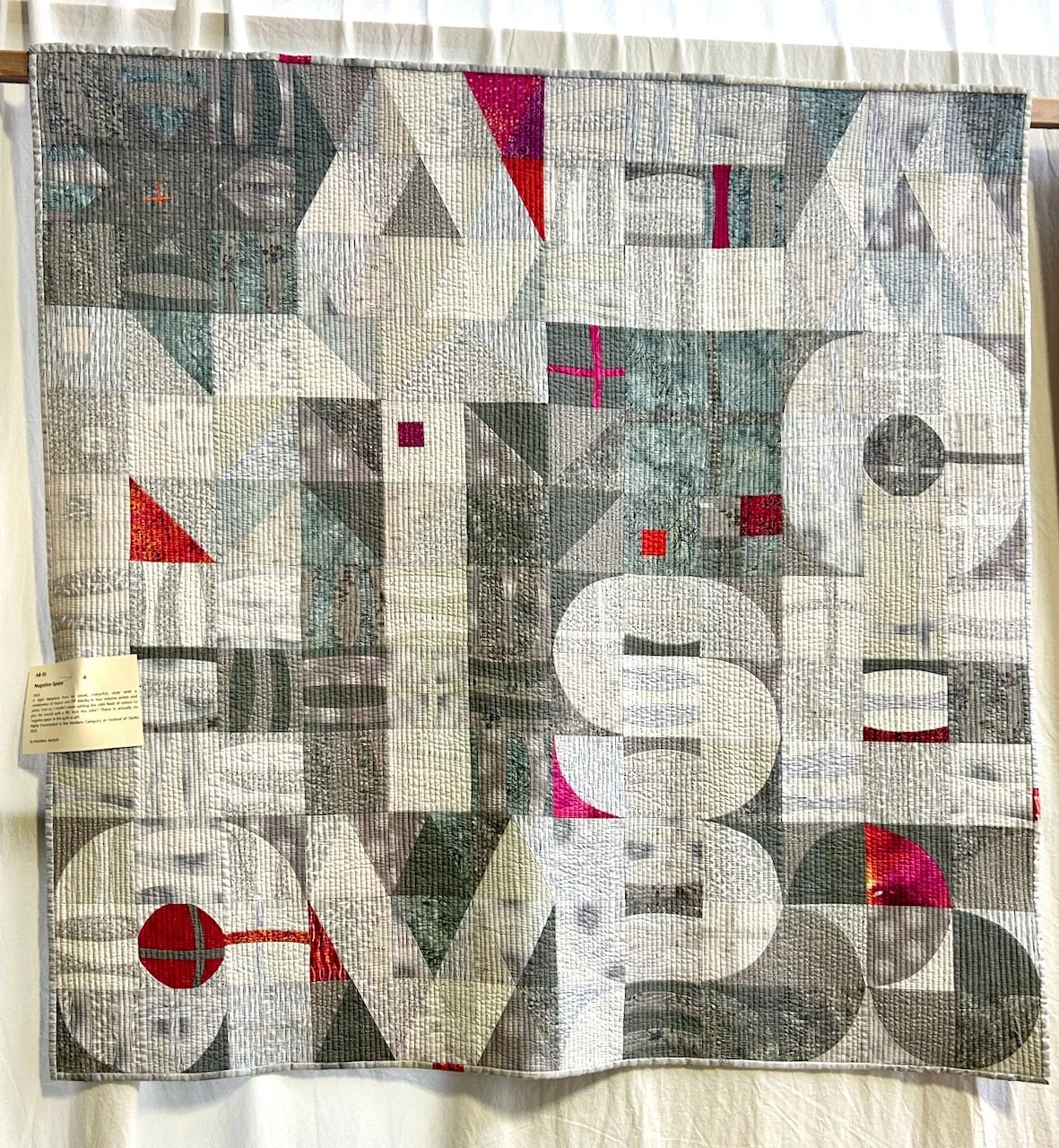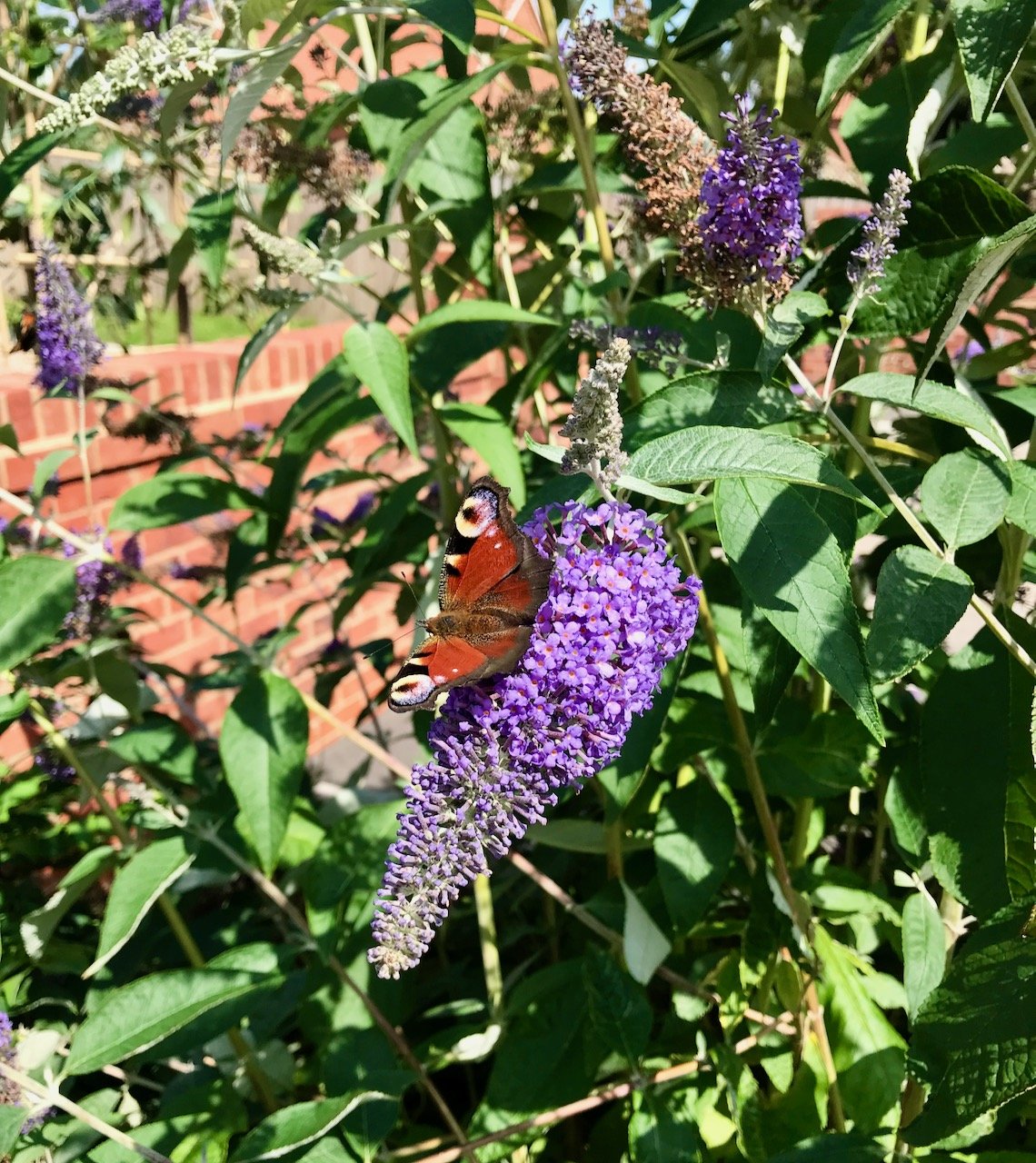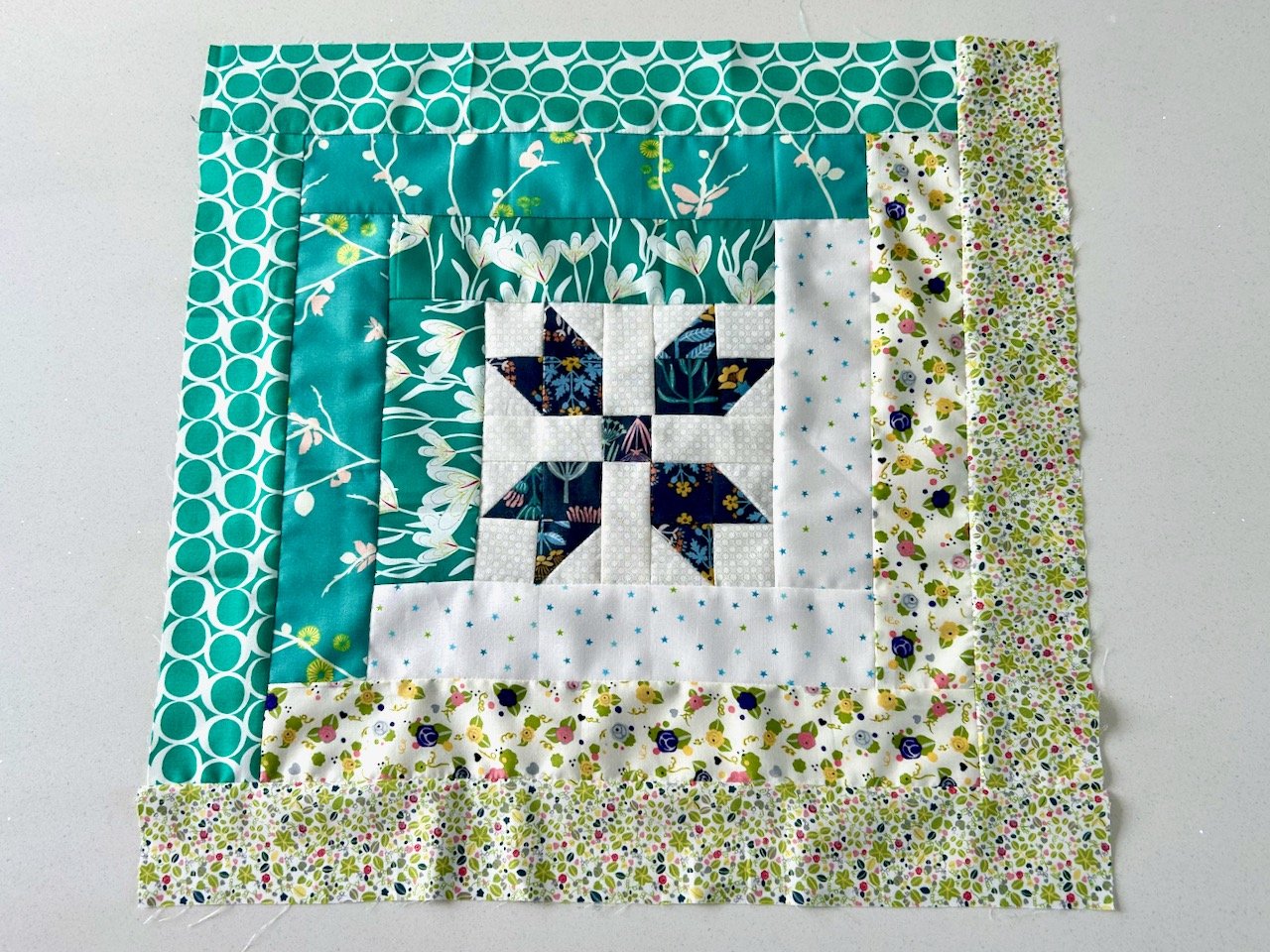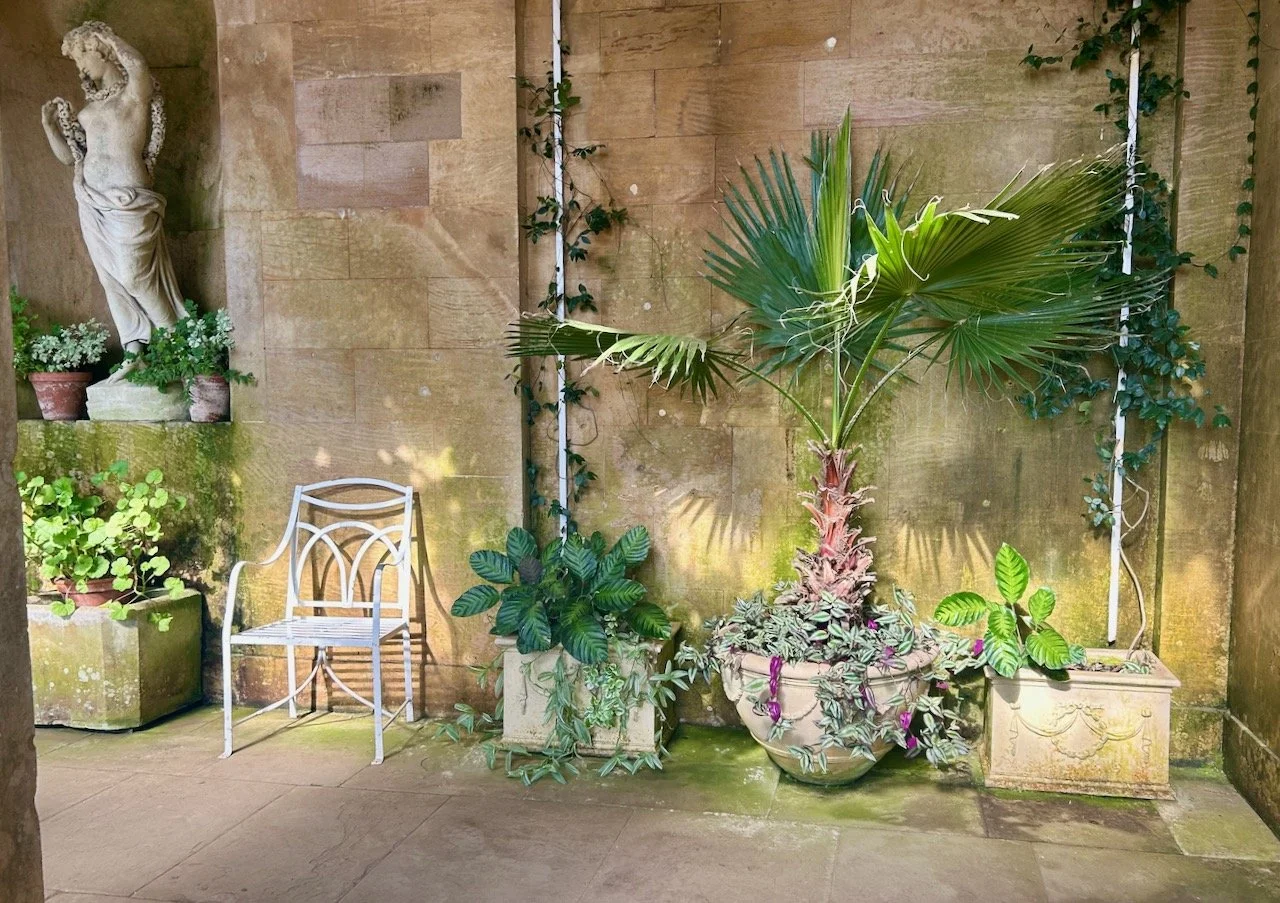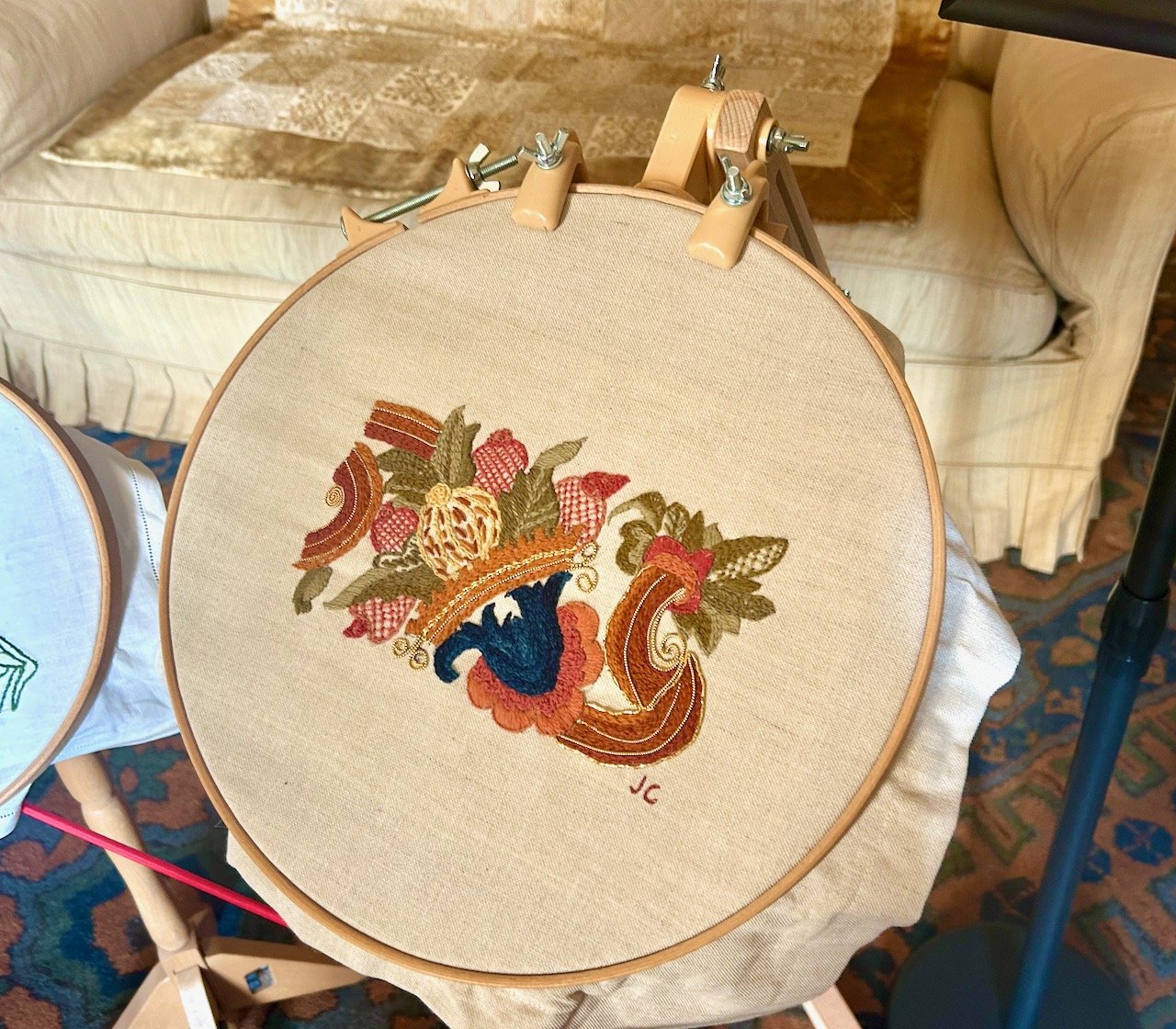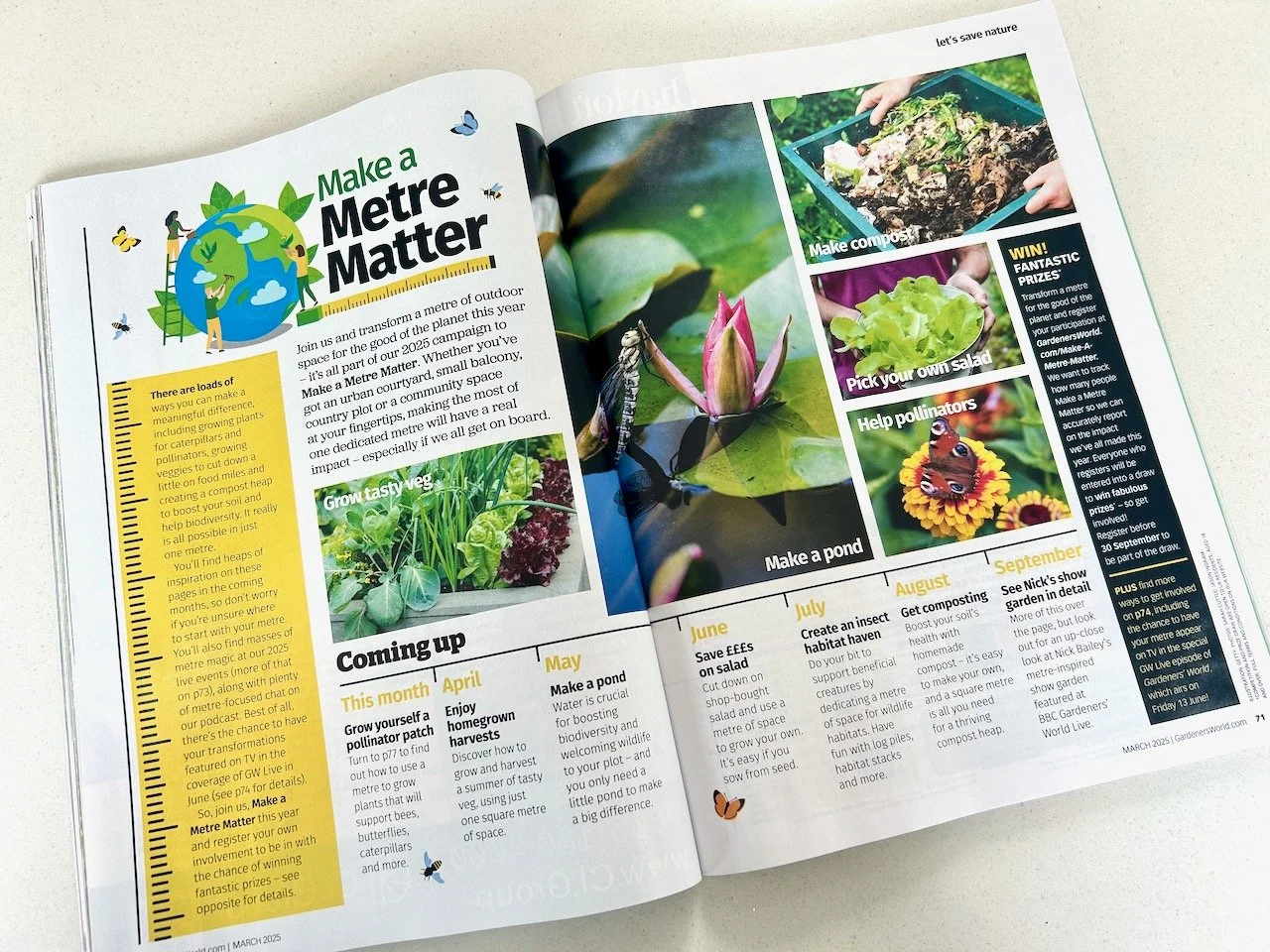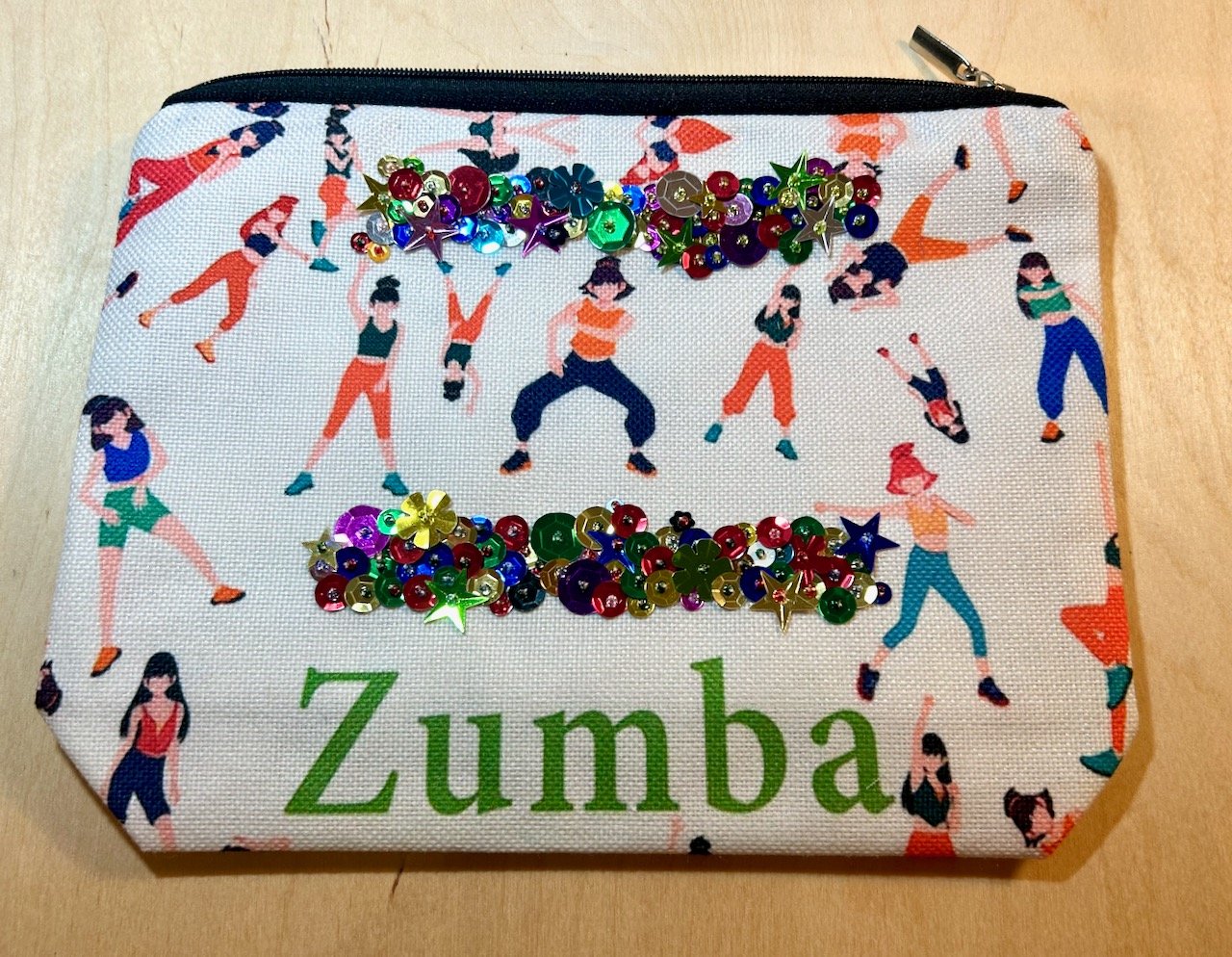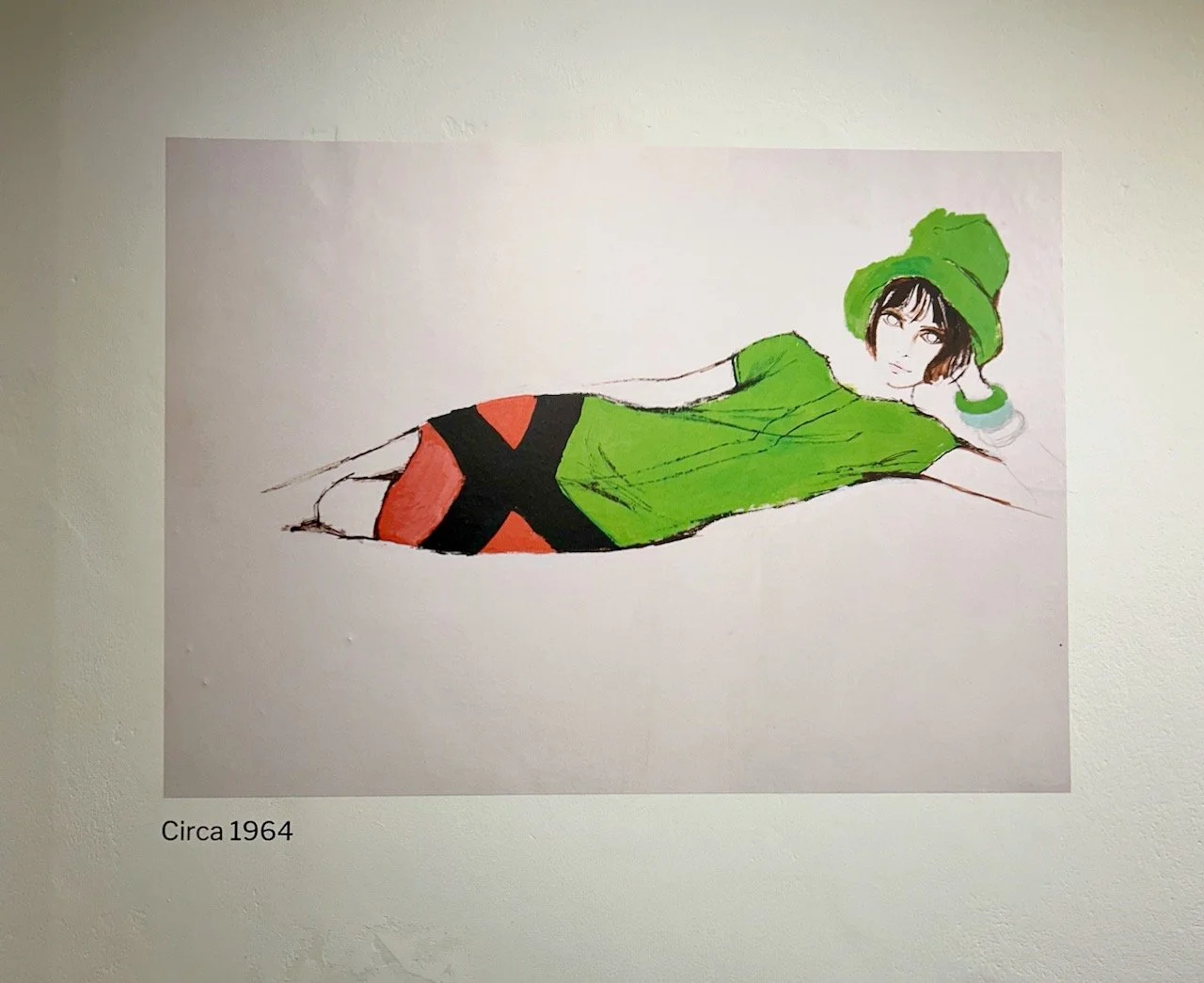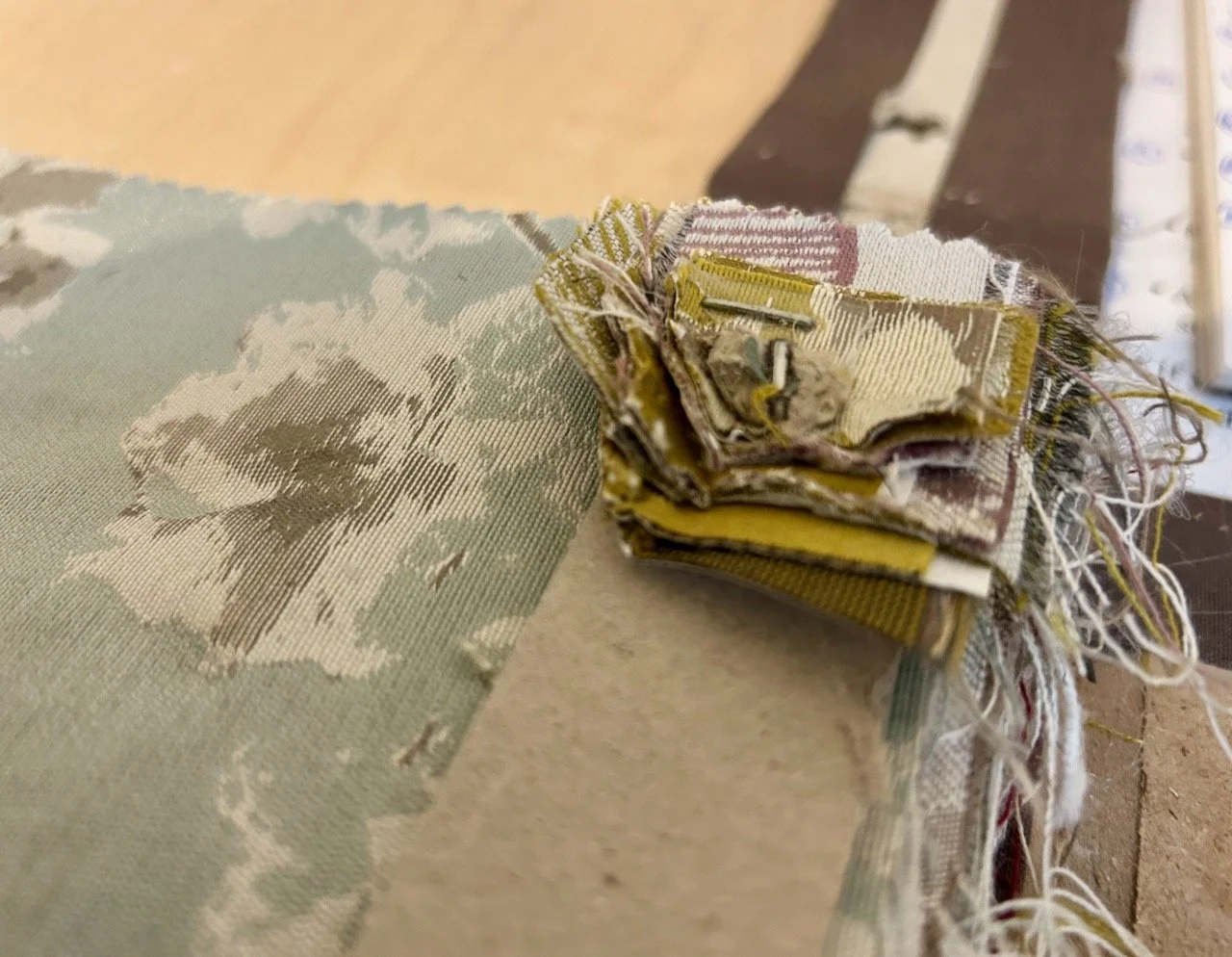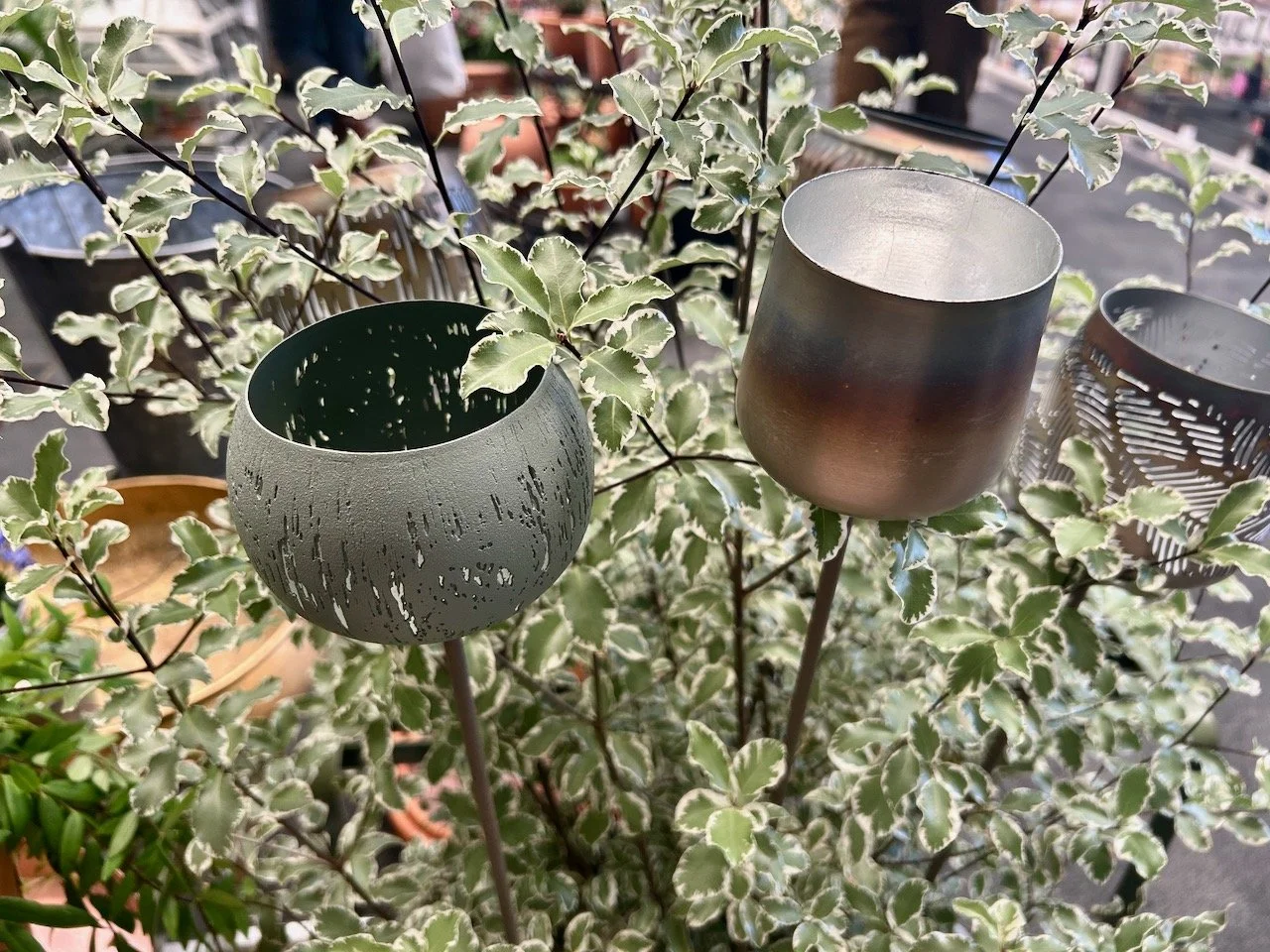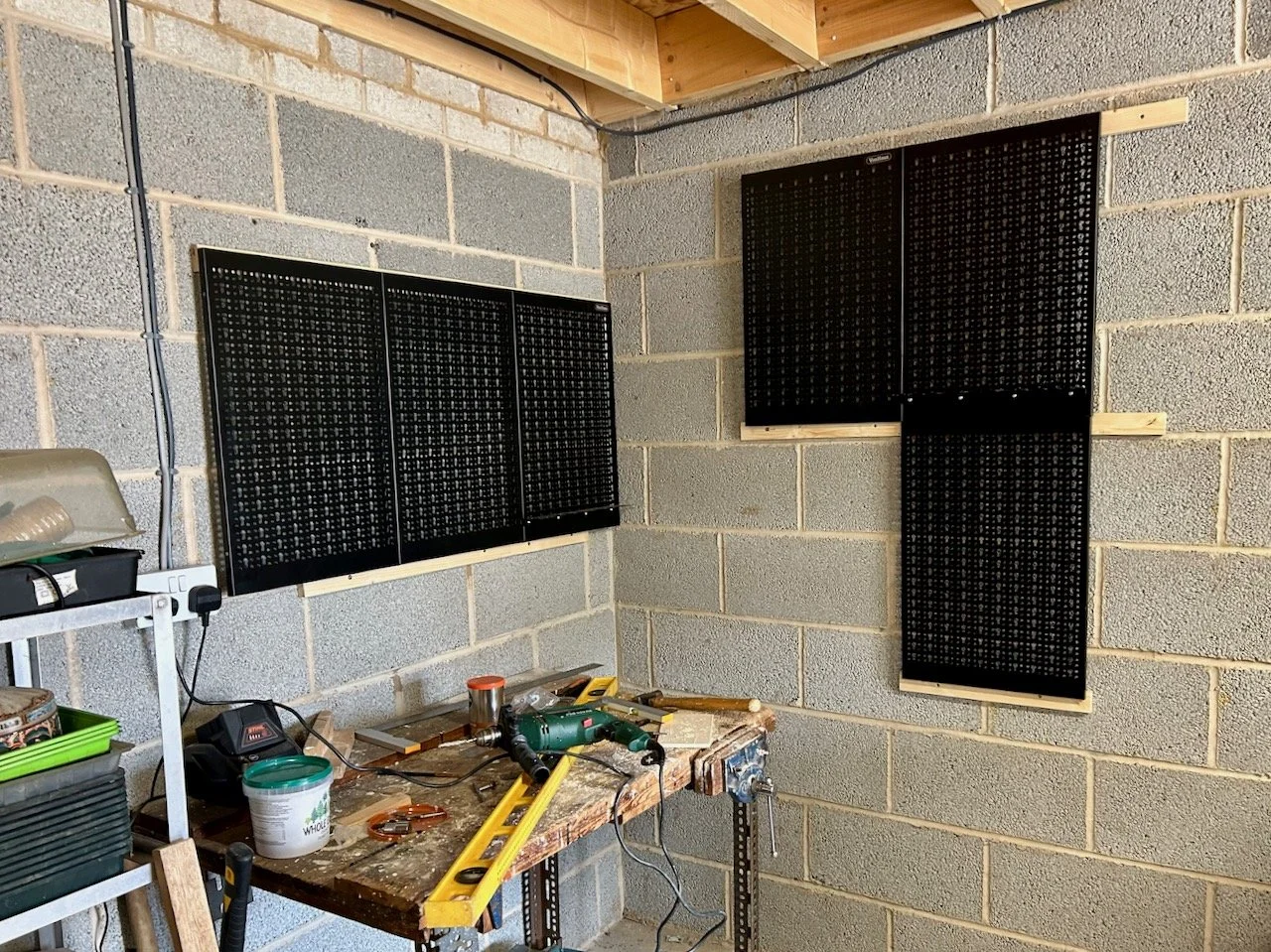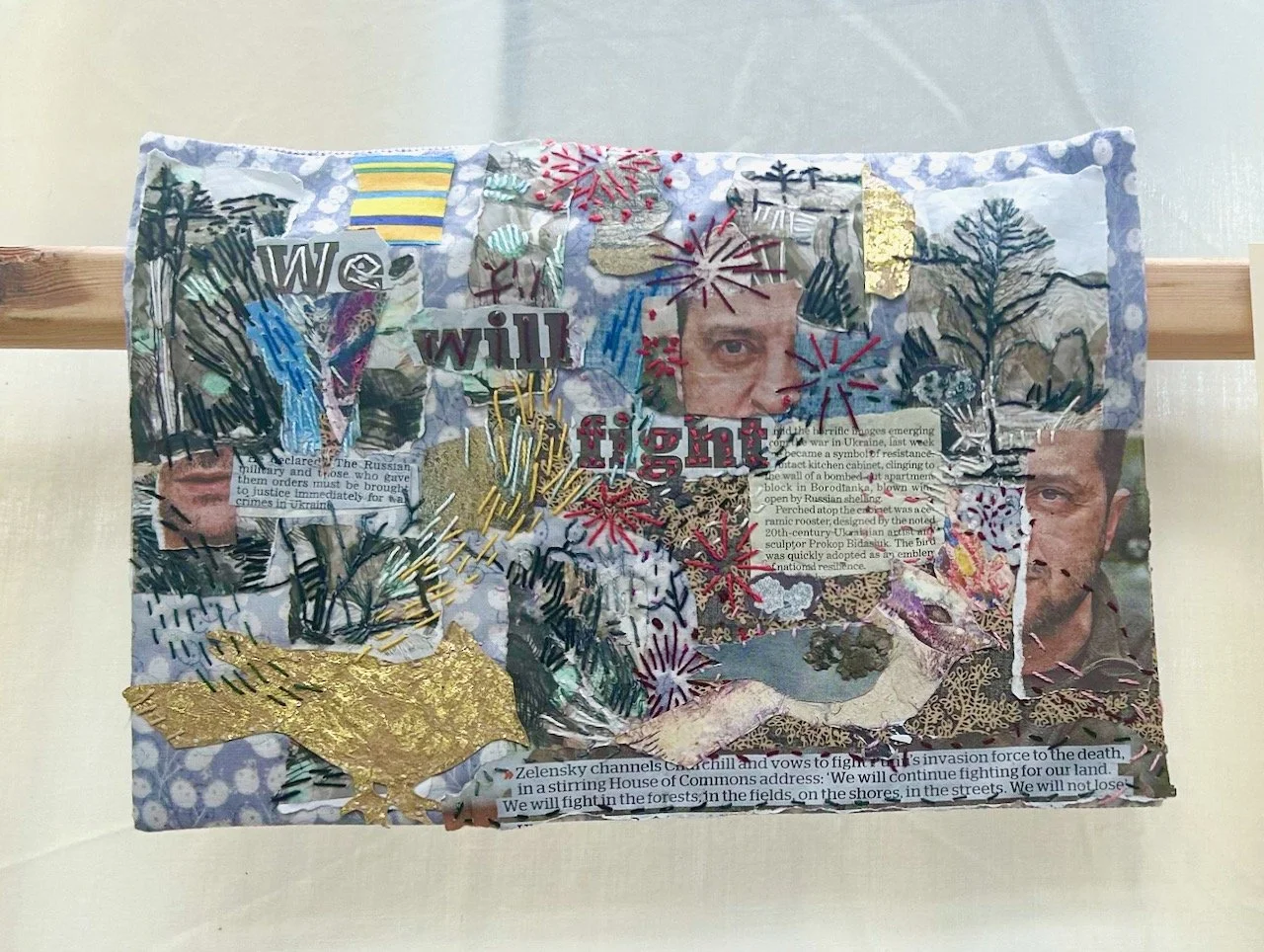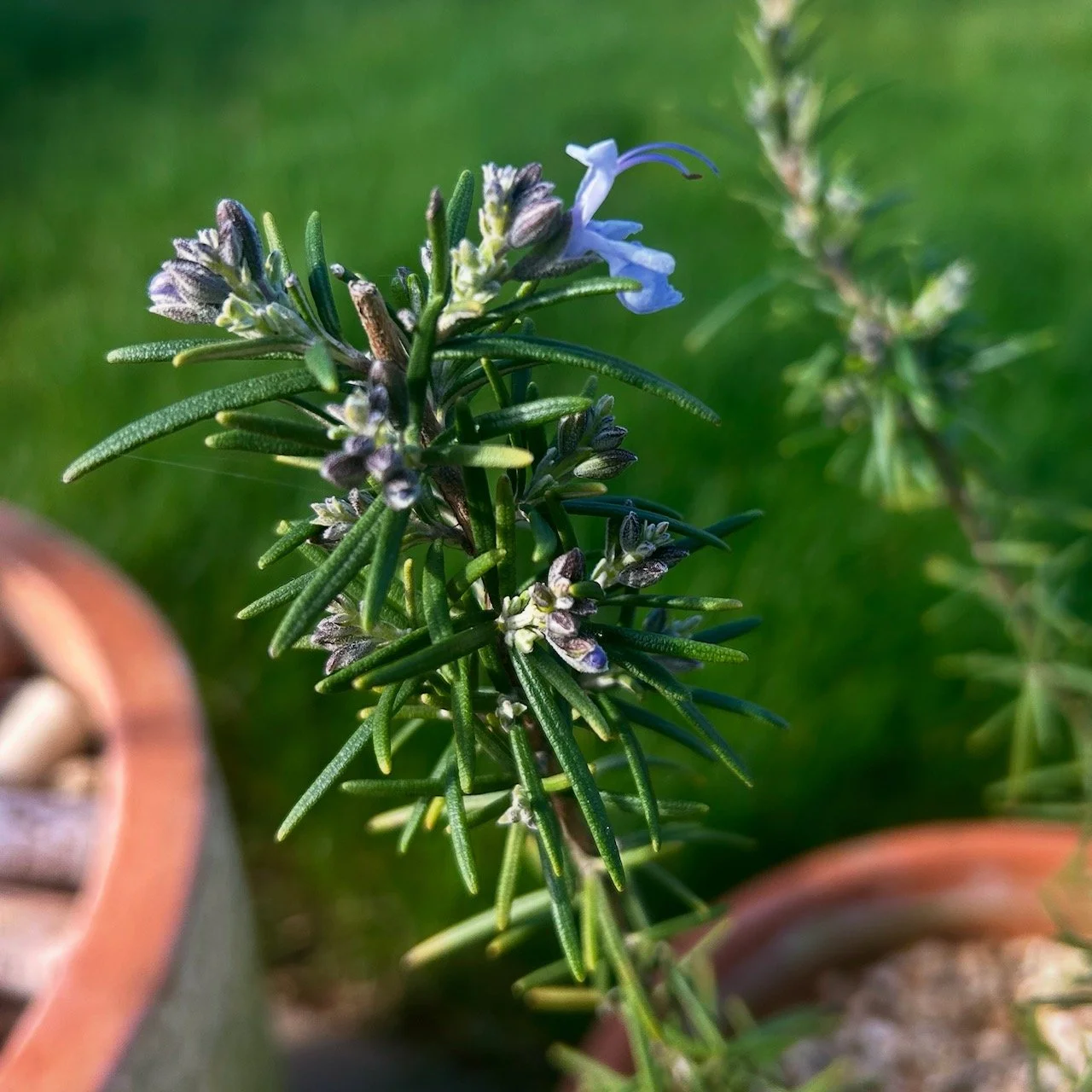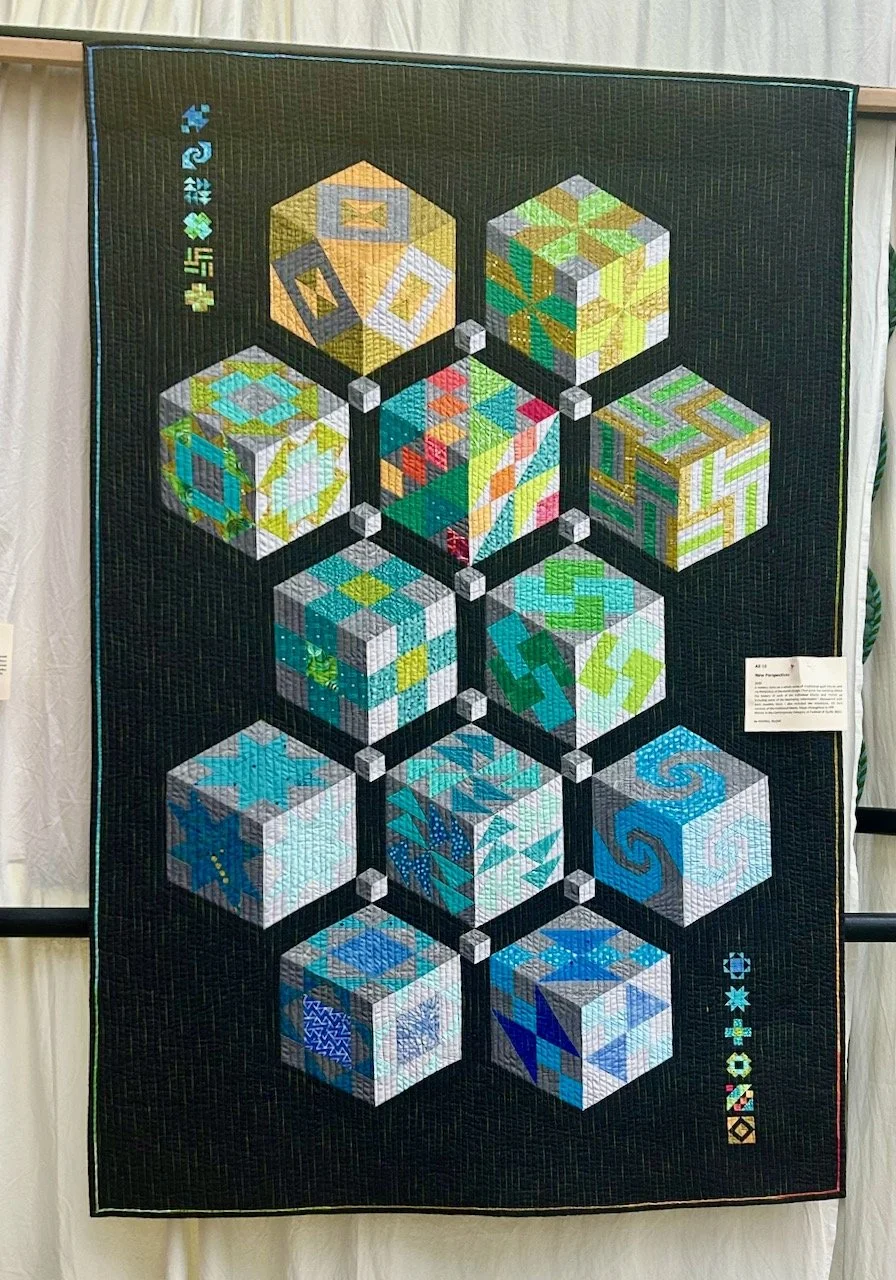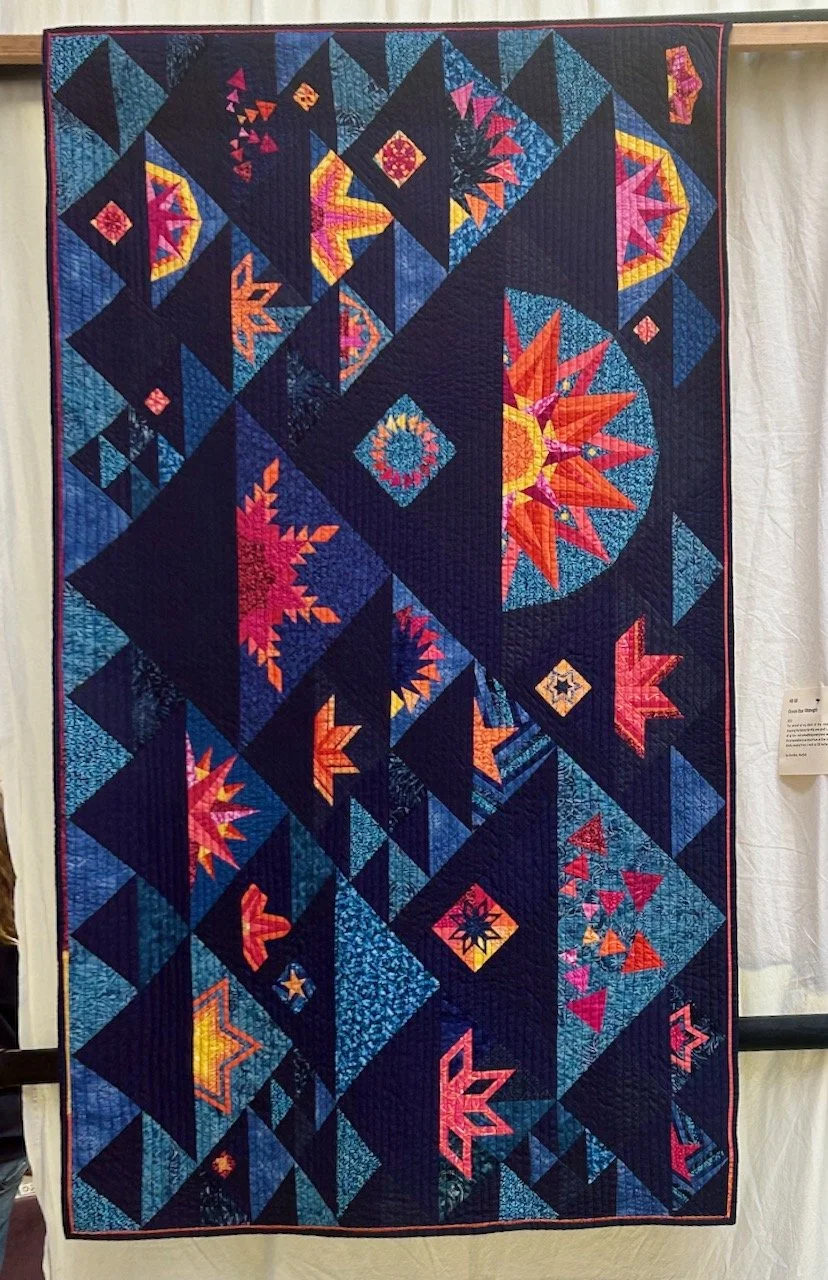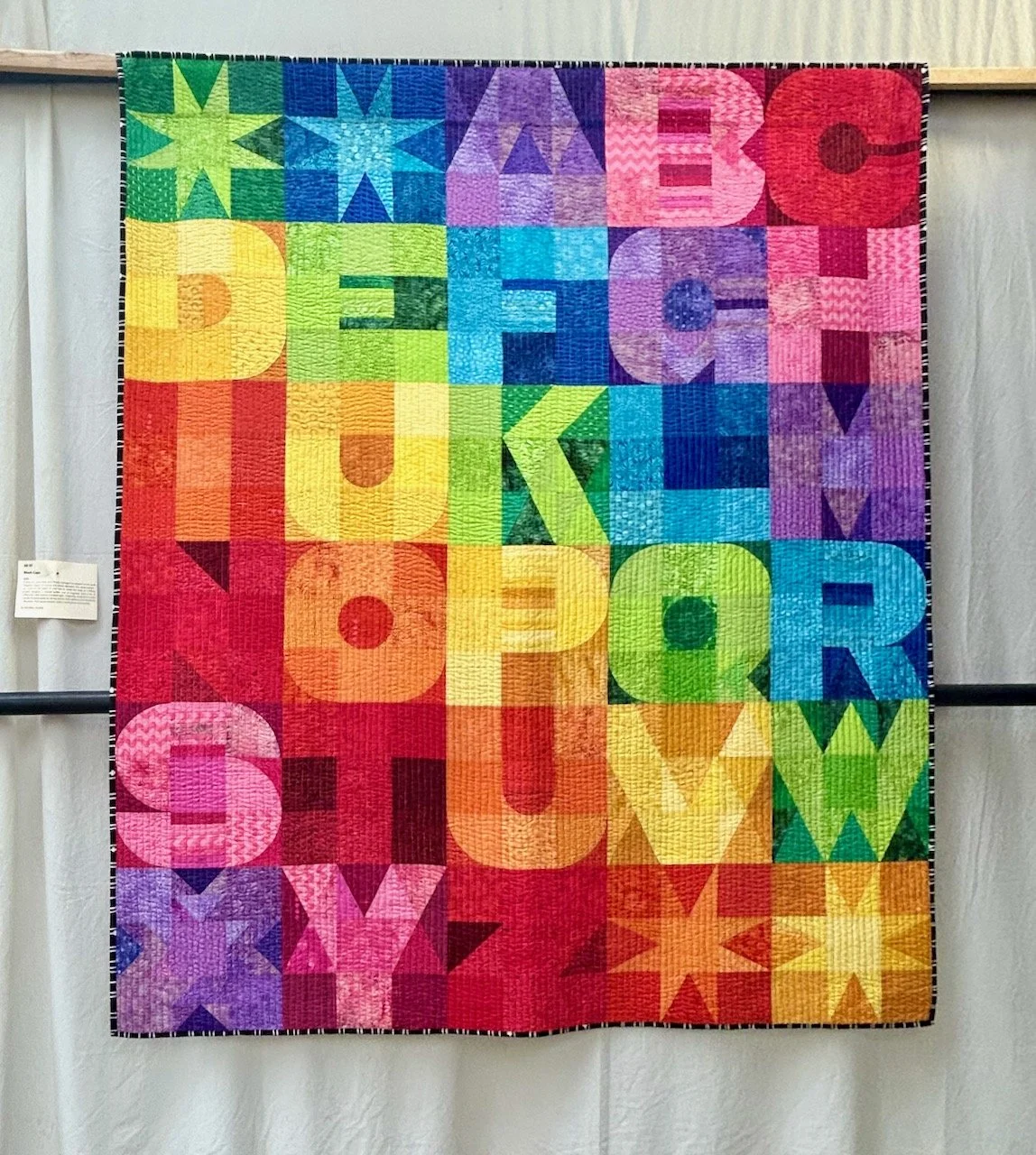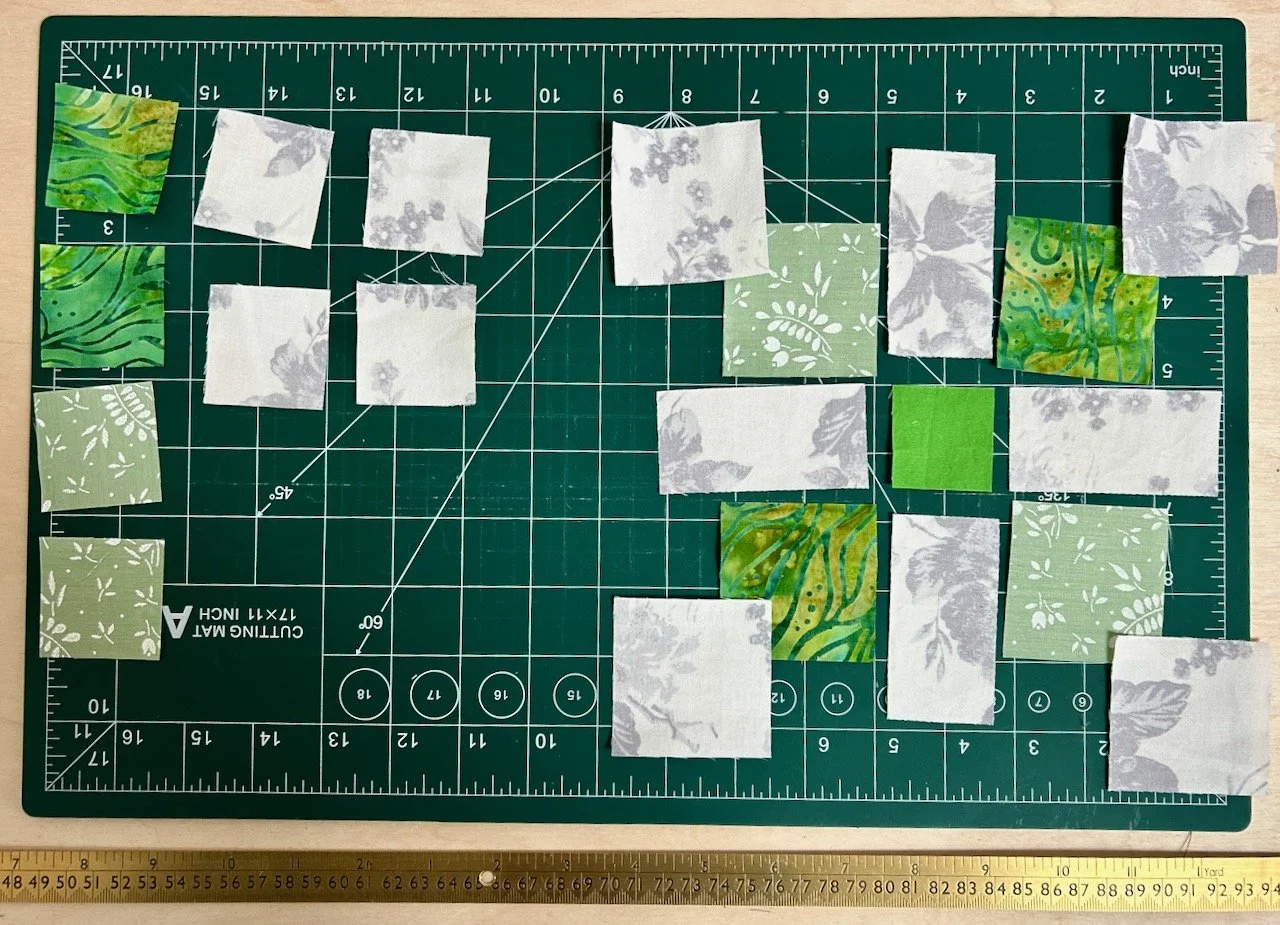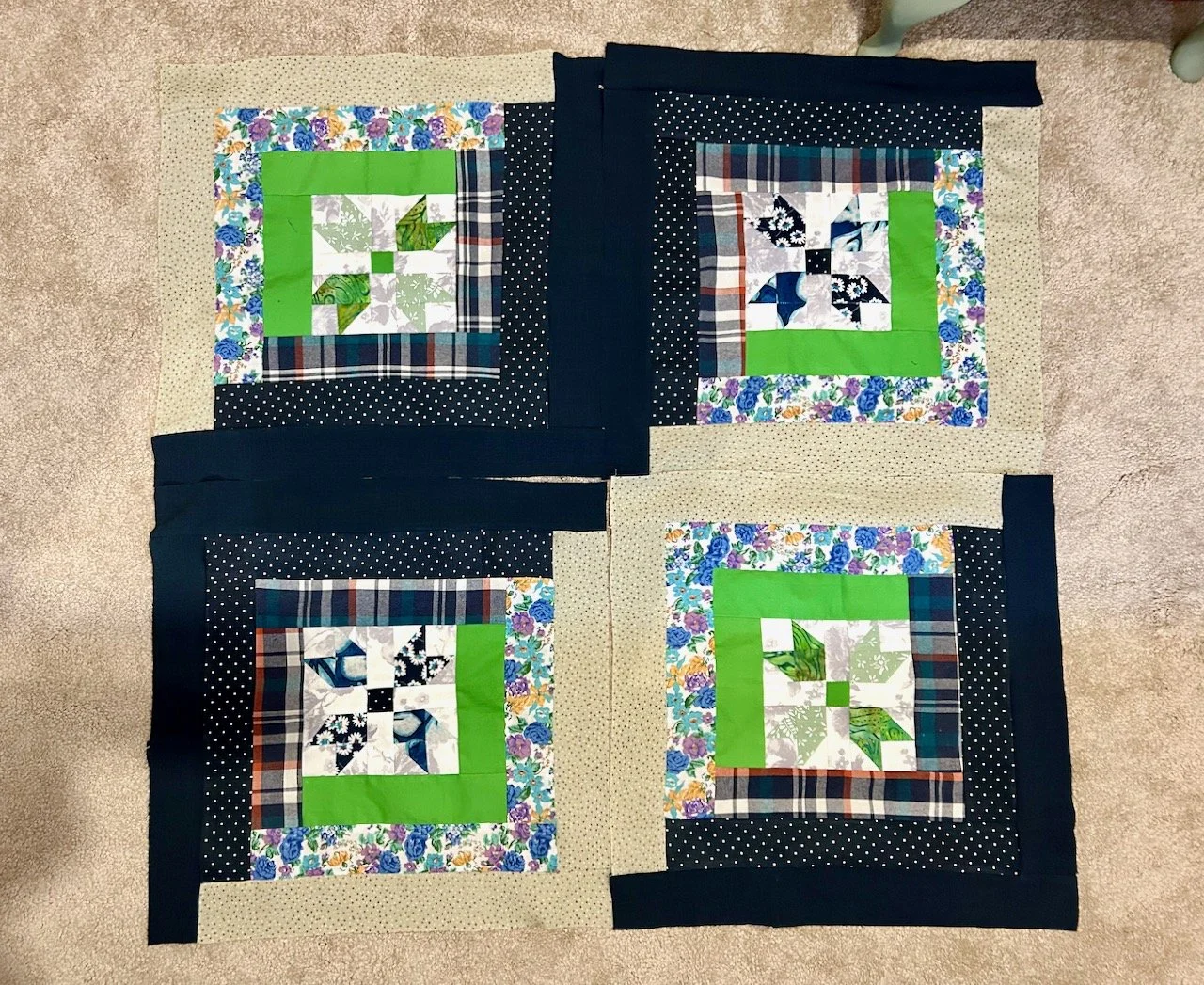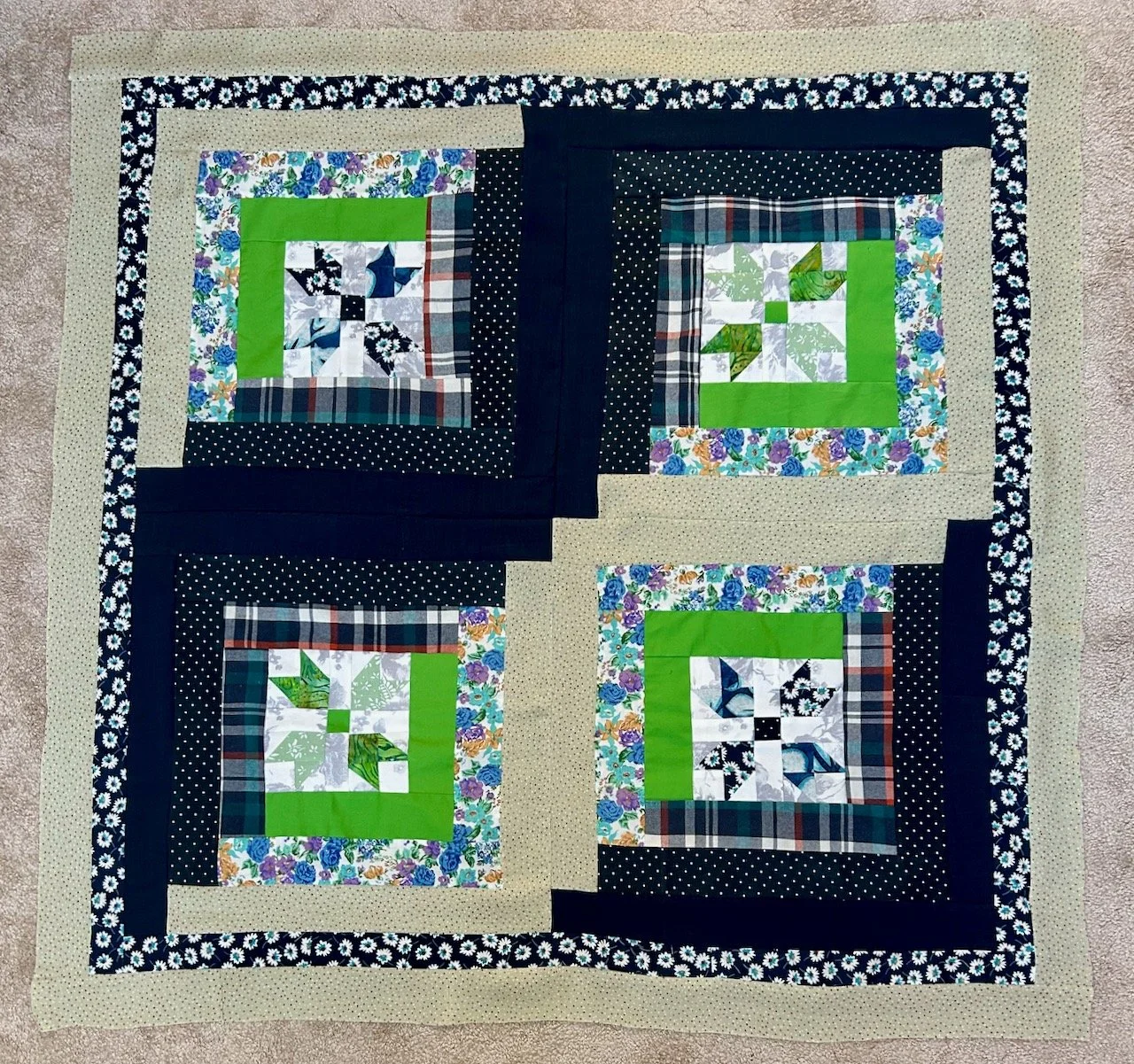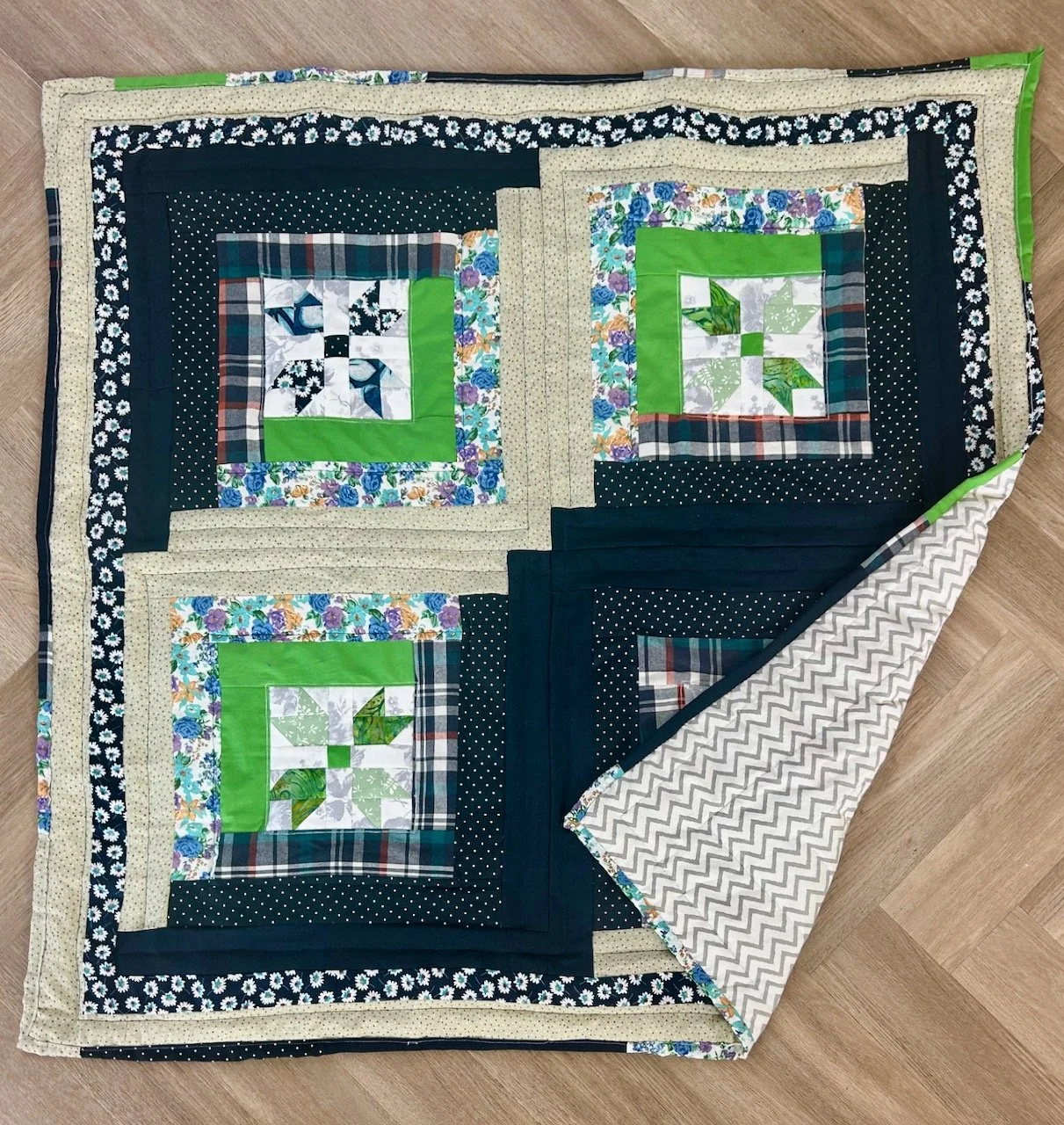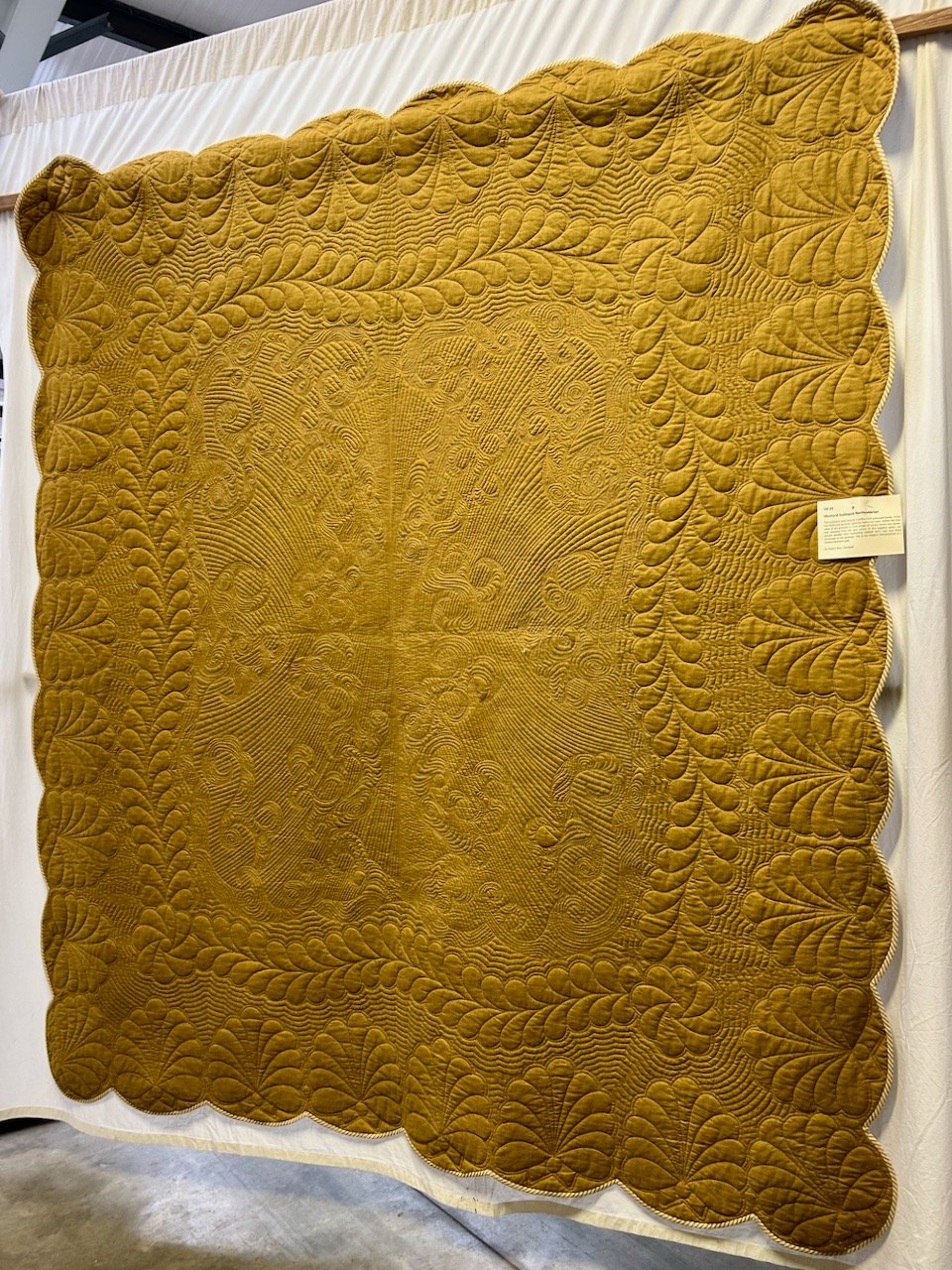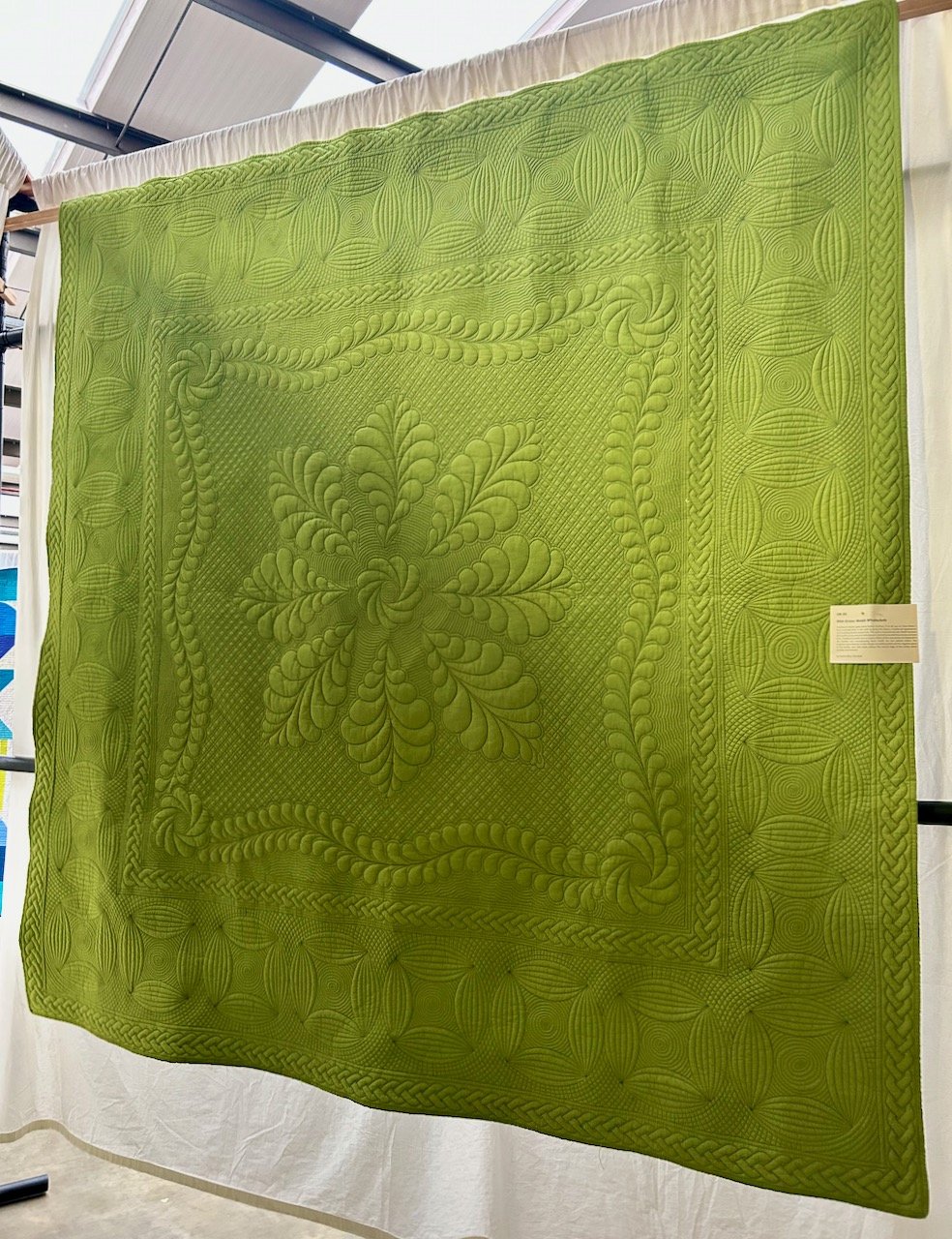The quilts I’m sharing today from this year’s Newark Quilt Show include the maker’s love of typefaces and letter forms, as well of their fondness for 3D imagery. It won’t be a surprise that AitchBee trained as a graphic designer, but now thinks of themselves as one who works in cloth, enjoying the precise imagery that comes with foundation paper piecing (FPP), which is something I’ve not tried myself yet.
All of the quilts are amazing, and one is my all time favourite from this year’s show. I like its cleverness and spent a fair while looking at it, before I really saw it - and then looking at it through my phone’s camera lens made it so much easier to see, and then you wonder why you never saw it before.
The quilt is called Negative Space, which again is clever and did more than raise a smile.
NEGATIVE SPACE
I’m not sure how well it translates on a screen, so read down each column of letters and hopefully you’ll get it - if not, think of the quilt’s name, and then it should materialise. And of course, then you’ll realise that there isn’t any negative space at all!
It’s subtle, beautiful and yes, I’d happily have this one anywhere in my house.
But there were more quilts too, the one below at first you see the cubes, then you look more deeply - and the more you look, the more you see.
NEW PERSPECTIVES
Those small blocks are 1 1/2 versions - now that’s small, and no doubt fiddly.
I’m also a fan of how these are quilted, with multiple vertical lines and it’s something that I hope to replicate on my Essex Linen kisses quilt, but there’s a way to go on that yet though!
OCEAN STAR MIDNIGHT
I love the colours on this one, and it includes FPP blocks ranging from 1 inch to 16 inches across so that’s a good reminder that not all blocks need to be the same size, though of course that makes it a lot easier.
The final quilt I’m sharing from AitchBee is full of colour, and couldn’t be further from the first one in this post colour-wise, but it’s an expansion on that, and includes the whole alphabet.
BLOCK CAPS
This one is an expansion on the Negative Space quilt, and includes the whole alphabet. It was interesting to read that they got stuck on the letter ‘B’ needing to enlist help with it, and a lot of coffee and cake before it looked right. Reassuring too, as it’s good to hear that even quilts which end up looking up as good as this aren’t always plain sailing.
So much inspiration here, and in a completely different way to the other quilts I’ve shared from the show. It almost makes me want to try Foundation Paper Piecing, but I know I really shouldn’t add more to my list, well just yet anyway!
